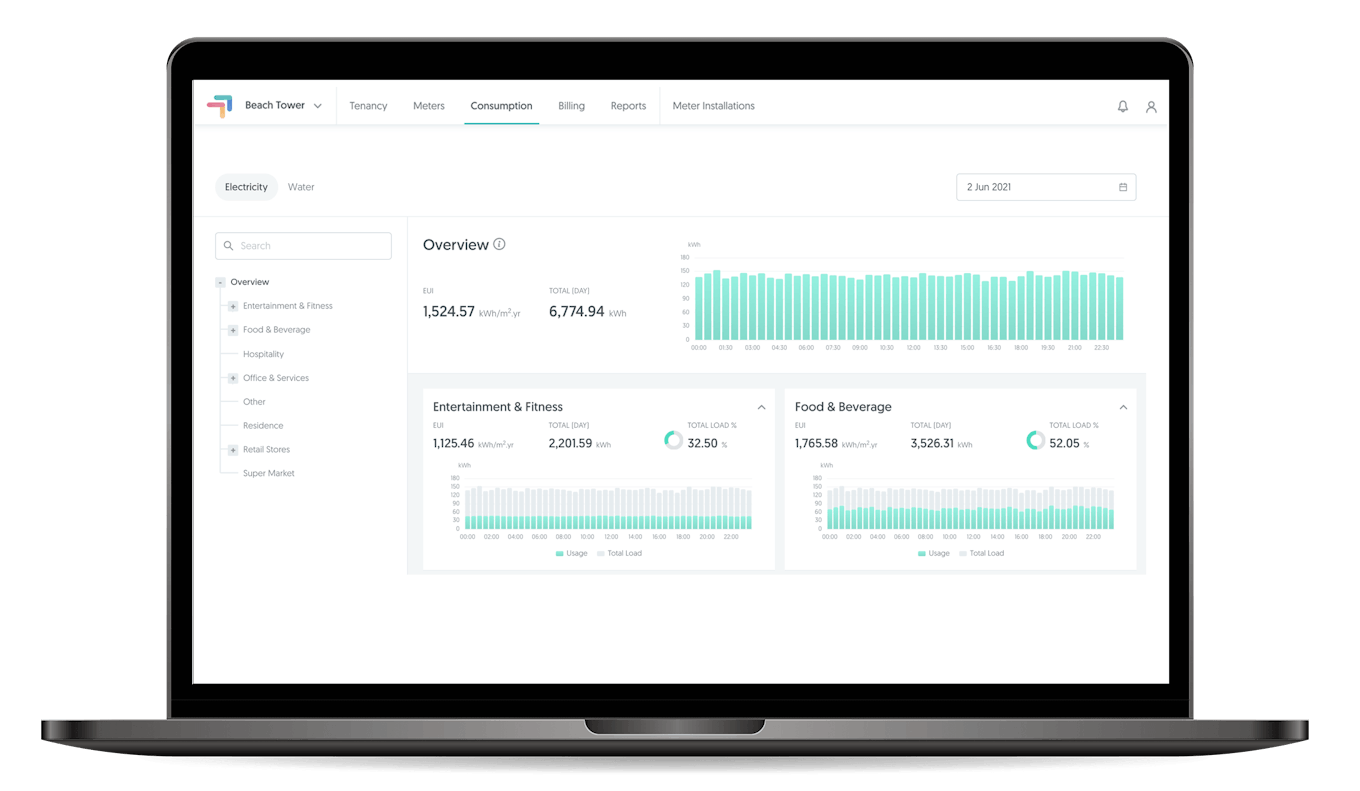
The AI genie is out of the bottle. There is no going back, but we can make it more sustainable. Here’s how.
AI is here, and it has a big footprint. As a recent article in the Guardian pointed out, AI is already a vast resource hog in its current form.
Like the intense energy consumption that the crypto mining industry experiences, the data centers that power the AI are already at par with and will soon exceed them; with AI, though, the energy consumption problem is worse for a few important reasons. The computers that power crypto mining are a big part. Of course, they use a lot of energy; they are on the fringe of legality and social acceptance. Everyone knows it. Most of us have read about someone stealing power from the grid to power illicit mining rigs.
But not so with AI.
To most who use it, using an AI like Microsoft Bing or Google Bard feels like using a search engine. You type your search term or query, and a second later, you receive the reply. Repeat and refine as you go. It seems simple and harmless; after all, the companies that run these machines are some of the most trusted household names.
You don’t search for something; you Google it.
But behind the scenes are millions upon millions of connected computers housed in large data centers. Most are in faraway places with low taxes, cheap power, and lots of free water.
Water, because it’s not just about energy anymore either; it’s now also about water as a coolant. These machines generate immense amounts of heat as they process all the information required to create the silicon functional equivalent of thousands of artificial brains. Water cooling is the best way to get the heat out of the machines. The cheapest way to do that is to have a large constant supply of fresh water that can enter the system cool and exit the system hot – bringing with it the excess heat created in the machines.
There are other unaccounted costs as well. According to Uptime Institute’s Global Data Center Survey 2021, the global data center industry replaces an estimated 2.5 million servers annually. This number will grow to 3.2 million servers by 2025. Sure, some are recycled, but if the number is the same as general electronic waste, only 17.4% of servers are recycled, and the vast majority end up as e-waste.
Despite this bleak picture, I’m confident it will get sorted quickly. At a glance, the focused use of renewable energy generation for data centers is an evident and technologically-ready solution. Solar power installation is currently 90% cheaper than ten years ago and is still falling, even during this inflation period.
The cost of solar panels has fallen by about 80% in the past ten years. This is due to the increasing efficiency of solar cells and the economies of scale achieved in the solar manufacturing industry. The cost of other components, such as inverters and mounting systems, has also fallen in recent years. Governments in many countries have offered financial incentives to encourage the adoption of solar power. These incentives have helped to reduce the cost of solar power installation due to a surge in availability and local production of high-quality solar panels.
In the case of data centers, the energy required will come from renewables and will not have the same footprint as it did five or even ten years ago. In some cases, the energy consumed will have a net zero or possibly a negative carbon footprint.
Solution Water
Closed-circuit geothermal cooling systems are an evident and easy-to-implement solution for water consumption. Rather than using the cold water from a river or reservoir and risk heating and damaging natural river and lake systems, geothermal systems can create a contained and efficient cooling system.
For smaller systems, a ground-source heat pump would suffice. This type of system uses a series of pipes that are buried in the ground to extract or transfer heat. The pipes are filled with thermal conductive fluid that is cooled by the ground. The cooled fluid is then circulated through the data center and used to cool the servers inside.
For larger systems, a water-source heat pump would provide cooling. This type of system uses water pumped from a well into the data center to extract heat and cool the servers. The heated water is pumped back into the well to be cooled by the Earth, and the cycle begins again, with the only operational cost being the pumps that circulate the water.
Geothermal systems are very efficient at extracting or transferring heat. This can help to save energy and money on cooling costs. Geothermal systems can run on renewable energy, so do not produce any emissions and do not cause immediate damage to riparian areas, so they are considered environmentally friendly. Finally, geothermal systems are very reliable and can operate for many years without any problems and require little maintenance and can last for up to 50 years in ideal conditions.
Solution Hardware Churn
The automatic and mindless replacement of millions of servers worldwide seems flawed. Indeed, there are business critical machines that must be replaced to have 100% uptime, but applying that mentality to all servers is extreme and flawed. It results in unnecessary waste of machines that are still fit to function, until something fails.
The servers could be made to last longer. Currently, due to technology upgrades and other factors, the average lifespan of a server is only 3-5 years. The major hardware components of servers could easily be designed to last 20 or more years with only upgrades to specific components as technology increases. This would ensure they maintain valuable and relevant for the longest period of time and would save enormous amounts of valuable hardware resources from ending up in the waste pile.
The components and systems that must be replaced could be recycled more effectively, with much of the precious elements recaptured for reuse in new components. Similar to the recycling systems now being deployed by ROSI in France for solar panels, the same process could be applied to servers and their components. In the ROSI system, 99% of the elements in a solar panel can be recaptured. Severs have a variety of precious elements inside them; a high-efficiency recycling process would recapture gold, silver, platinum, copper, and palladium.
A Bigger (Flawed) Picture
The bigger problem is the fact that the current AI business model is flawed. Most AI programs are run as typical capitalist profit machines, only open to the public as toys and tools for writing or entertainment. The is a gold rush mentality right now where all the players are vying for position and the attention of investors.
To be successful, therefore, they need to exploit resources (energy, water, and hardware) as cheaply as possible to make the product that they sell for as high a price as possible. If the actual cost of the energy and water were factored in – cost to society and the planet – many of these so-called profit centers would disappear overnight.
It is hard to believe that some of the largest companies in the world, which, through the application of proprietary AI, are fundamentally changing the way humans live and work, are not paying their fair share of taxes. These companies are making billions of dollars in profits while striking deals with governments to avoid paying the true costs of running their businesses.
They set up in low or no-tax jurisdictions manipulating local governments who make concessions to normal business applications based on the promise of offshoots or trickle-down economic benefits, such as jobs and ancillary services. But if the situation becomes less than favorable, these mega companies leave town and move on to the next host like a parasite.
This is no different from many other subsidized, so-called capitalist businesses. Most of the fossil fuel industry, bottled water, junk food, wheat, soy, automotive, and many other industries would simply not have a business case if the actual cost of production was felt. If the real cost to operate an AI data center were factored in, fewer people would be using it. That could be a good thing.
Do we need to rely on AI more than we do already? Let’s be real; we were able to communicate, make recipes, plan our trips, and all the other things before AI; there is no reason we can’t do it now too.
The Solution
If there was a requirement for AI companies to manage their own environmental impact, for real, and if there were strict controls on the use of AI. It could begin to be used for a higher purpose. It would be used for things like reducing the effects of climate change, developing drought-resistant crops, fixing broken cities, improving the welfare of developing nations, or for medical advances like less invasive therapies, advanced antibiotics, and vaccines.
The best part is that all this is possible and happening now. Many governments are placing tighter restrictions on the use of AI, and others are forcing big corporate consumers to include a full accounting of all their combined footprints. These days, the responsible corporation includes details of all aspects of its footprint. AI is already being used for the benefit of society and the planet, we just need to find the right balance of use and benefit, and I believe we can; it’s just a matter of time.
Knowing that makes me very hopeful for the future and the use of AI.
Source Happy Eco News






